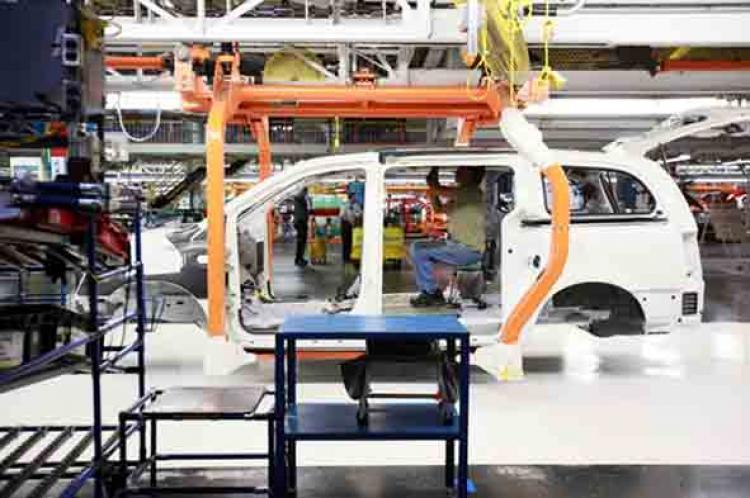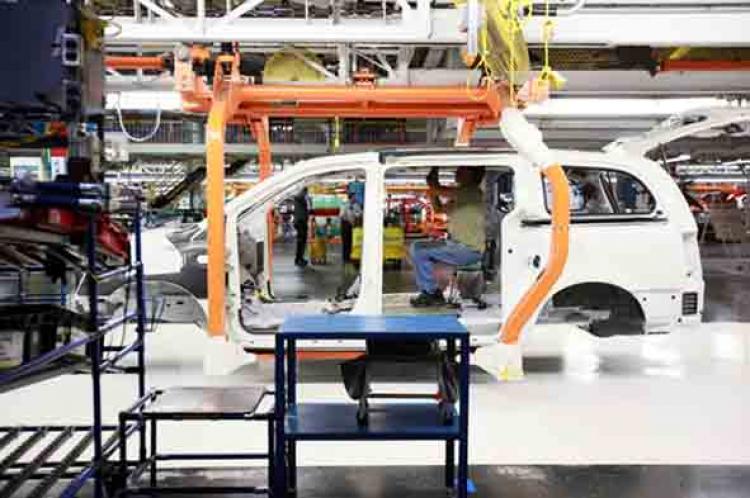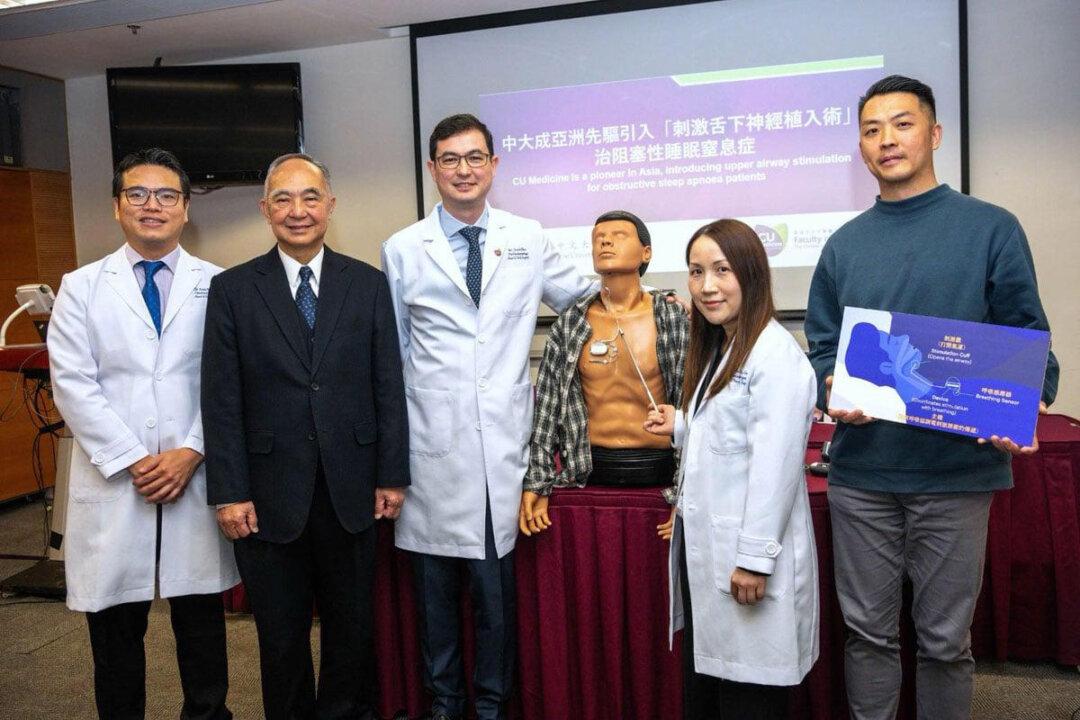Chrysler and the Environmental Protection Agency (EPA) are designing a hydraulic hybrid minivan on Wednesday, according to an EPA press release issued on Jan. 19.
The technology was developed by the EPA and uses a hydraulic pressure vessel to capture and reuse energy lost in braking. It also controls the engine so it switches off when not needed and is only used fully when it can operate at peak efficiency.
EPA expects to achieve a fuel efficiency increase of up to 35 percent, or 60 percent for city driving, and a greenhouse gas emissions reduction of 25 percent.
“Hydraulic hybrid vehicles represent the cutting edge of fuel-efficiency technology and are one of many approaches we’re taking to save money for drivers, clean up the air we breathe, and cut the greenhouse gases that jeopardize our health and prosperity,” said Lisa P. Jackson, an administrator with the agency, according to the release.
The business partnership seeks to bring the new technology to passenger vehicles.
“The EPA and Chrysler are working together to explore the possibilities for making this technology affordable and accessible to drivers everywhere,” said Jackson. “This partnership is further proof that we can preserve our climate, protect our health, and strengthen our economy all at the same time.”
The project will be developed at the EPA’s National Vehicle and Fuel Emissions Laboratory. The minivan is to be tested in 2012 and will feature a “unique powertrain” in place of the automatic transmission.
The technology was developed by the EPA and uses a hydraulic pressure vessel to capture and reuse energy lost in braking. It also controls the engine so it switches off when not needed and is only used fully when it can operate at peak efficiency.
EPA expects to achieve a fuel efficiency increase of up to 35 percent, or 60 percent for city driving, and a greenhouse gas emissions reduction of 25 percent.
“Hydraulic hybrid vehicles represent the cutting edge of fuel-efficiency technology and are one of many approaches we’re taking to save money for drivers, clean up the air we breathe, and cut the greenhouse gases that jeopardize our health and prosperity,” said Lisa P. Jackson, an administrator with the agency, according to the release.
The business partnership seeks to bring the new technology to passenger vehicles.
“The EPA and Chrysler are working together to explore the possibilities for making this technology affordable and accessible to drivers everywhere,” said Jackson. “This partnership is further proof that we can preserve our climate, protect our health, and strengthen our economy all at the same time.”
The project will be developed at the EPA’s National Vehicle and Fuel Emissions Laboratory. The minivan is to be tested in 2012 and will feature a “unique powertrain” in place of the automatic transmission.






Friends Read Free